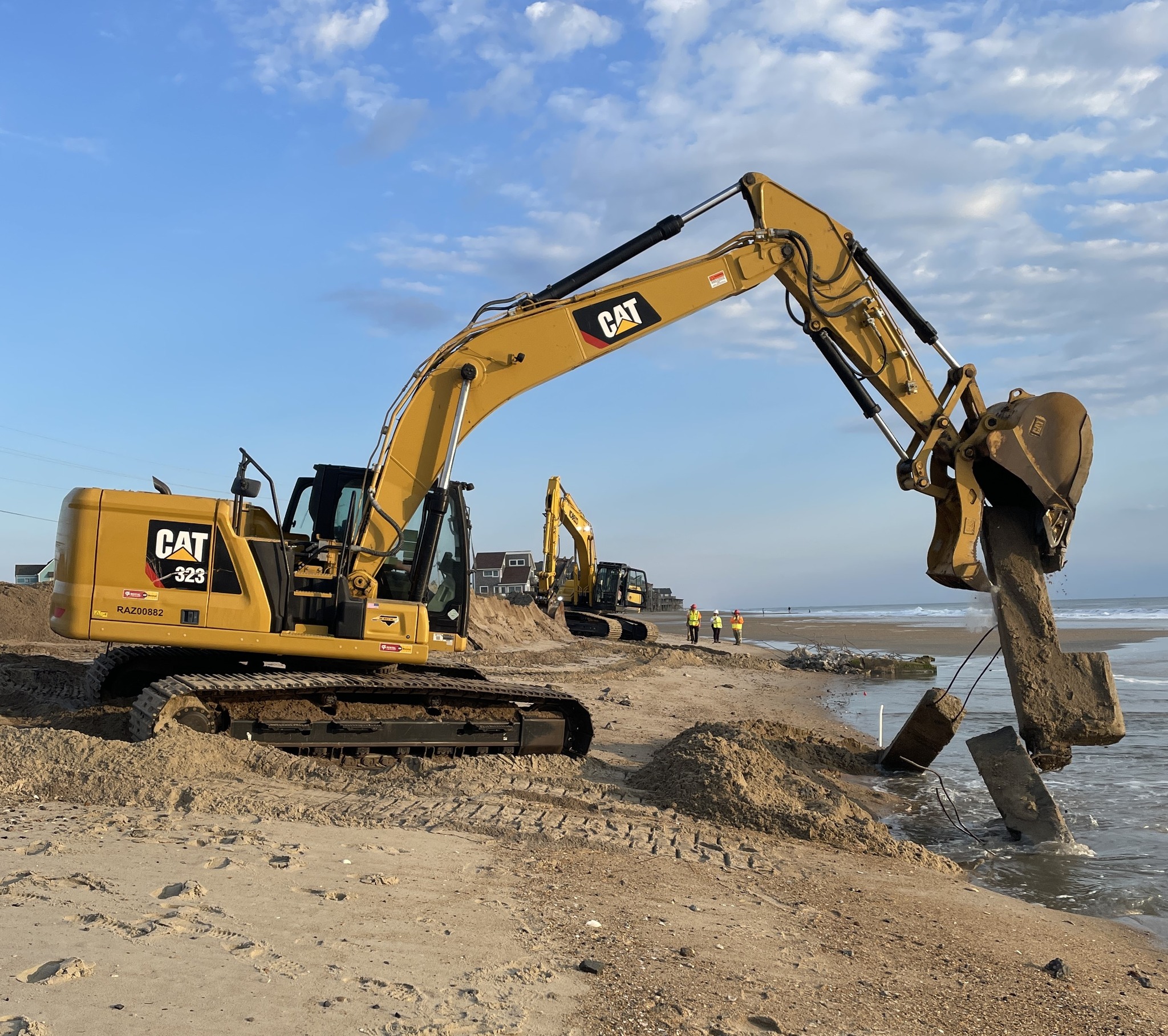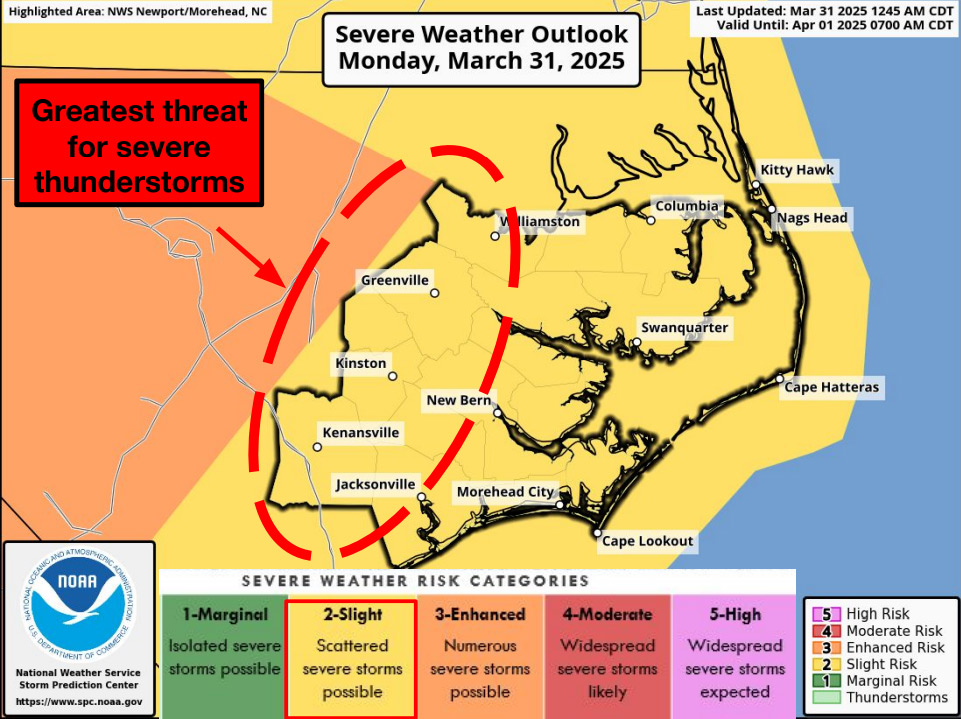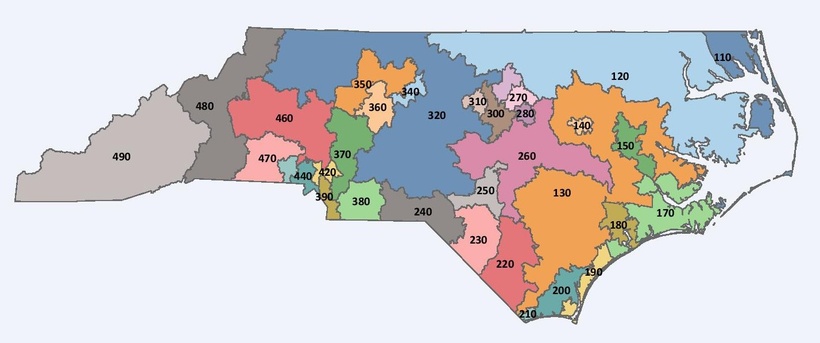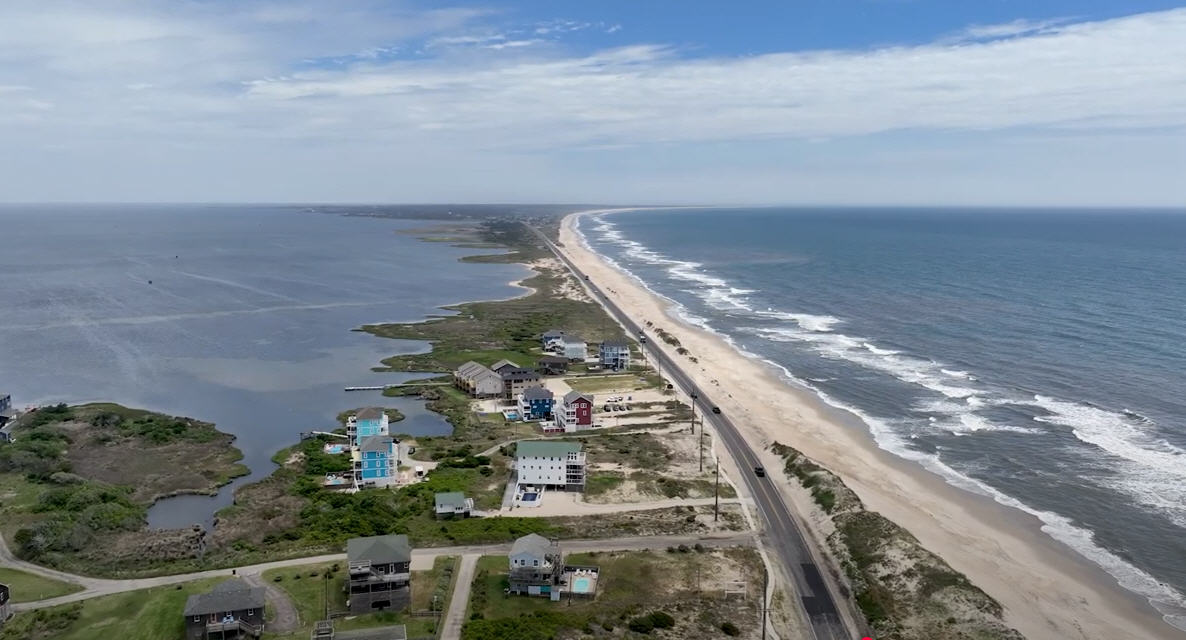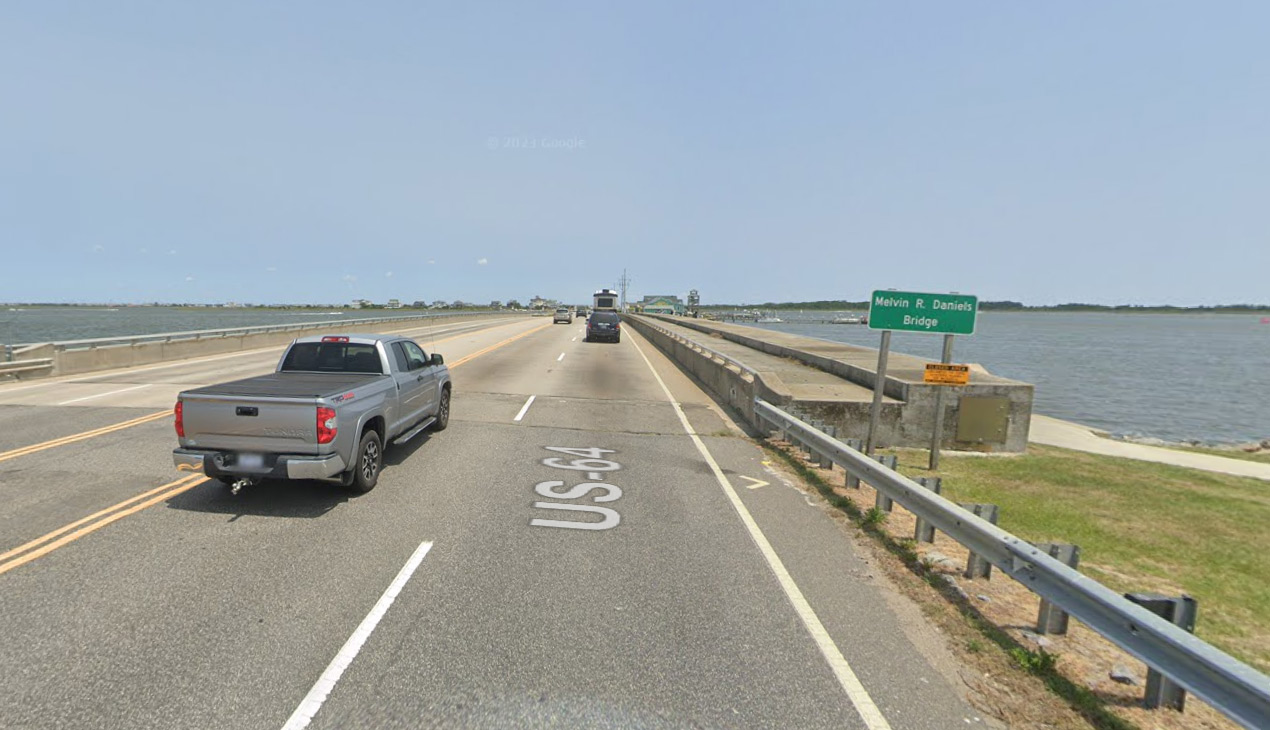A letter to NCBBA from the seashore superintendent
(Editor’s Note: This article is republished from the current issue of the North Carolina Beach Buggy Association Bulletin.)
As all of you know this winter has been unusually long and cold, which has tested the resolve of our visitors with ice on the sound and snow in the dunes. Because of this, visitation is down a bit so far this year, as compared to last year, but I am hopeful spring will be upon us soon as there are many signs of its imminent arrival, such as the flowering plants and wildlife returning to the Seashore.
I was on the beach just the other day, taking in the sights, sounds, and smells, as I am ready to trade these winter clothes for warmer days, but on that day I was still bundled up in my winter apparel and was the only soul on the beach. As I watched the pounding surf contest with a strong northeast wind, which made for an amazing demonstration, I had the honor to observe and reflect on two of Mother Nature’s key elements at odds. As I left the beach that cold, windy, and turbulent day I could not help but focus towards the future and on a time that these elements will again be working in harmony ensuring this National Treasure is utilized by our visitors, both this generation and many more to follow.
The members of the North Carolina Beach Buggy Association, as well as our visitors, represent several generations who enjoy and contemplate this special place in their own unique ways. I want to thank you for allowing me to share some of the exciting projects we have been working on and have planned for the near future to ensure this treasured landscape is accessible for not only this generation but future generations.
Turtle Sense
One exciting development is the seashore partnering with Hatteras Island Ocean Center and Nerds Without Borders to develop technology that could potentially aid us in monitoring sea turtle nests. The “Turtle Sense” project is in its second year of development but still very much in its infancy.
Custom built smart sensors are being used to detect movement and temperature within sea turtle nests. Mobile phone technology is used to transmit the data collected from individual nests which is transmitted to a central location monitoring the nests. Through the use of this innovative technology, the seashore is hoping to be able to accurately predict sea turtle hatching and emergence events. It will take a few years and a number of trials to make sure that the sensors function properly and can be relied upon, but the ultimate goal of this project is to reduce the amount of time the seashore will need to close sections of beach to ORVs and pedestrians.
Research
In addition to being prime habitat for sea turtles, the seashore also plays a vital role in the survival of many other wildlife species by providing a variety of important habitats. Be it for nesting, resting, or feeding, the seashore has a diverse assemblage of birds. Located on a major avian migratory route known as the Atlantic Flyway, the seashore was designated as a globally important bird area in 1999 by the American Bird Conservancy in recognition of the value the Seashore provides to bird migration, breeding, and wintering. Because of this we have several pending research projects in the works and I wanted to share a couple of them with you.
We are collaborating with North Carolina State and the U. S. Geological Survey to assess the effects of predator and vehicle management practices on breeding American Oystercatchers (AMOY) at the seashore. The study will be comprised of two components. One component will examine the historic predator and vehicle management practices and AMOY distribution, abundance, and productivity data to assess whether these practices are meeting the Seashore’s short and long-term objectives. The second component will be to conduct an experimental evaluation of current vehicle and pedestrian closures for breeding AMOY to determine the relationship between closure type, size, and duration, and AMOY behavior, physiology, and nesting success. These methods were developed at Cape Lookout National Seashore from 2010-2012 and will be used to quantify the sensitivity of nesting birds to vehicles and pedestrians.
We have also started conversations with researchers at Virginia Tech regarding conducting piping plover work at the seashore during the 2015 breeding season. Because of the extremely low sample size (only nine breeding pairs in 2013) and all chicks fledging from the same area (Cape Point), designing a meaningful study can be difficult. Studies that are being considered include plover chick buffer distances and realistic fledge rates for the area. Other adaptive management initiatives in the ORV Plan will also be considered in our discussions with Virginia Tech.
New Technology
Cape Hatteras National Seashore is going mobile! We are currently designing a free mobile app, which will allow interactive, real-time discovery of beach and sound access, ocean conditions, safety information, and seashore resources.
Implementation of Online Off-Road Vehicle Permits
On December 1, 2013, the seashore in conjunction with Recreation.gov launched an online ORV permit program. This was done to provide a convenient and guaranteed way of obtaining a permit without having to go to one of the three permit office locations. This allows visitors from outside the area to better plan their vacations ahead of time. Permits can be purchased by visiting our website at: http://www.recreation.gov/showPage.do?name=common&commonPath=/htm/CapeHatteras_Landing.html. Once purchased using the Recreation.gov website, you can choose to pick up the permit at an ORV office or have it mailed directly to you.
Since going online, 2,277 total permits have been sold with 261 of those permits being sold online as of March 24, which includes 202 annual and 49 weekly permits. Of these 261 permits, 166 were mailed out which is almost 64 percent of total sales. Since the start of the program online permits have made up approximately 11 percent of our total permit sales. Online annual permit sales are comprised of roughly 11 percent of total annual permits sales while the online sales to date on weekly permits is about 20 percent.
Access Projects
The park recently finalized the Environmental Assessment for improvements to facilitate access to the seashore and the following list represents the initial projects of the entire 29 proposed projects. A majority of these projects will be funded with ORV funds.
These projects will take many years to complete but we hope to be able to utilize in-house staff to create the ramps and interdunal road in the near future with the completion of the entire project as money becomes available. The order of these projects is not static as there could be factors such as environment, funding and others that will help determine the prioritized order but these are the areas the park intends to focus on first.
Cape Hatteras National Seashore is a special place with many recreational possibilities. Our goal is to enhance the visitor experience by not only protecting and better understanding the resources that make this place so special, but increasing visitor’s access to those resources and the recreation they provide.
I thank you for your support and appreciation for the Seashore and the opportunity to meet and work with the members of your organization. It is my belief we have similar goals and a passion for this remarkable place. On behalf of not only the National Park Service but Cape Hatteras National Seashore I hope everyone enjoys their season on the seashore as I know I will! Happy fishing!
(For more information on The North Carolina Beach Buggy Association, go to http://ncbbaonline.com/.)


